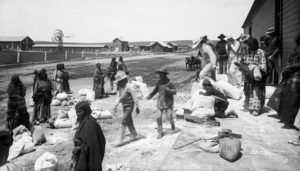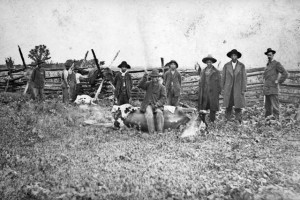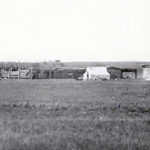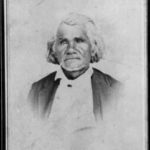
Sioux Women Receiving Rations, courtesy Denver Public Library, Colorado Historical Society, and Denver Art Museum
Native Americans ate what was on hand in the regions where they lived. (See last post.) Once they were forced onto reservations, their freedom to secure food was severely reined in. The government began to issue rations, partly in recognition that much of reservation land was too poor to support the people who lived on it. Food was also a powerful weapon to hold over Indian heads; if they wanted to eat, they needed to comply with the new rules and ways of life the government wanted to introduce.
Rations typically included flour, tea, coffee, salt, beans, and other staples, as well as dry goods like blankets. Beef replaced buffalo as a meat source, and Native Americans learned to cook new foods which were drastically different and of inferior nutritive value to their traditional foods. Poor nutrition inevitably led to poorer health and a worsened quality of life. These forced changes undoubtedly left many psychological scars on the adults who saw their entire way of life change.

Modoc Men Slaughtering Cattle (includes Indian Agent Col D.B. Dyre) around 1870-80, courtesy Library of Congress
_________________________________________________________






That’s an interesting question–I may have to do a post on it sometime!
Carla
Great posts, Carla: Food Wars and The Three Sisters. The vitamin deficiencies and diseases due to diet and nutrition are a fascinating subject (both in reservations and at Canton). I wonder how do they compare with the average diet of the times, particularly in hospitals or in the army, for example.